Introduction
Pumpkin spice is a popular fall spice blend that combines cinnamon, nutmeg, ginger, cloves, and allspice to create warm, comforting flavors. This guide explains what pumpkin spice is, how to use it effectively, and how to select the best quality product for your baking and cooking needs.
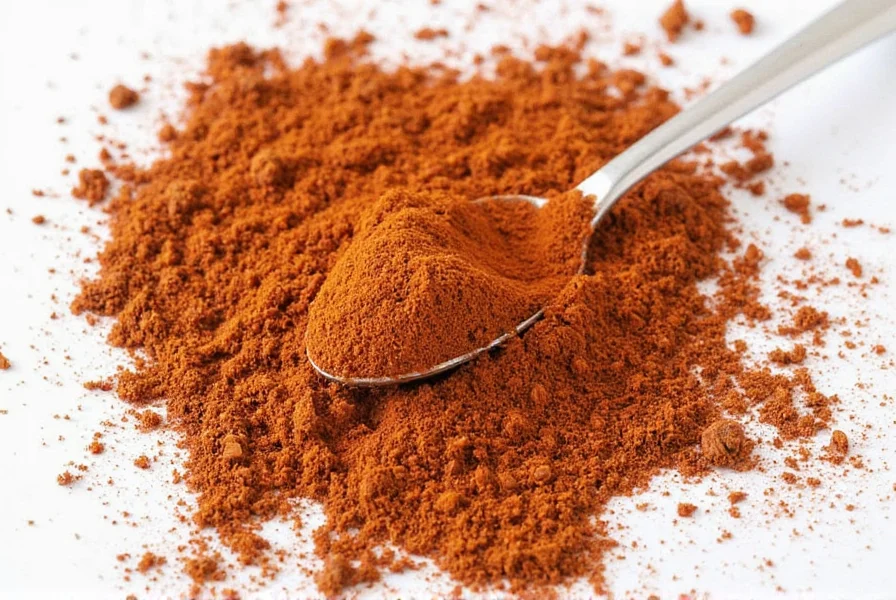
What Is Pumpkin Spice?
Pumpkin spice is not a single spice but a blend of warm spices commonly used in fall baking and cooking. Despite its name, pumpkin spice does not contain actual pumpkin - it's simply the spices that pair perfectly with pumpkin pie filling. The classic blend typically includes cinnamon, nutmeg, ginger, cloves, and allspice in varying proportions.
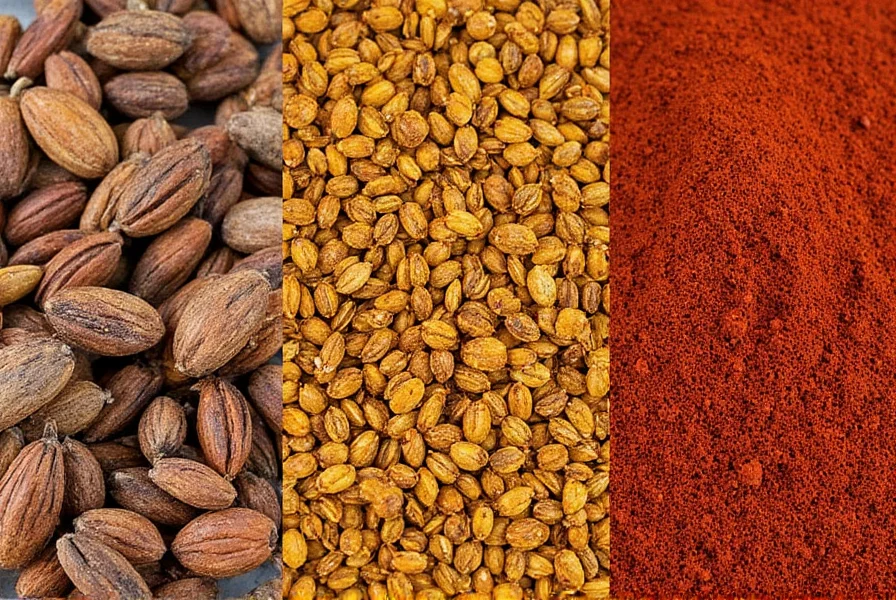
Why Pumpkin Spice Stands Out
Pumpkin spice has become a cultural phenomenon for several key reasons:
- Seasonal association: Perfectly captures the flavors of autumn and holiday celebrations
- Versatility: Works in both sweet and savory applications beyond pumpkin pie
- Consistency: Provides reliable flavor without measuring individual spices
- Accessibility: Widely available in grocery stores and online retailers
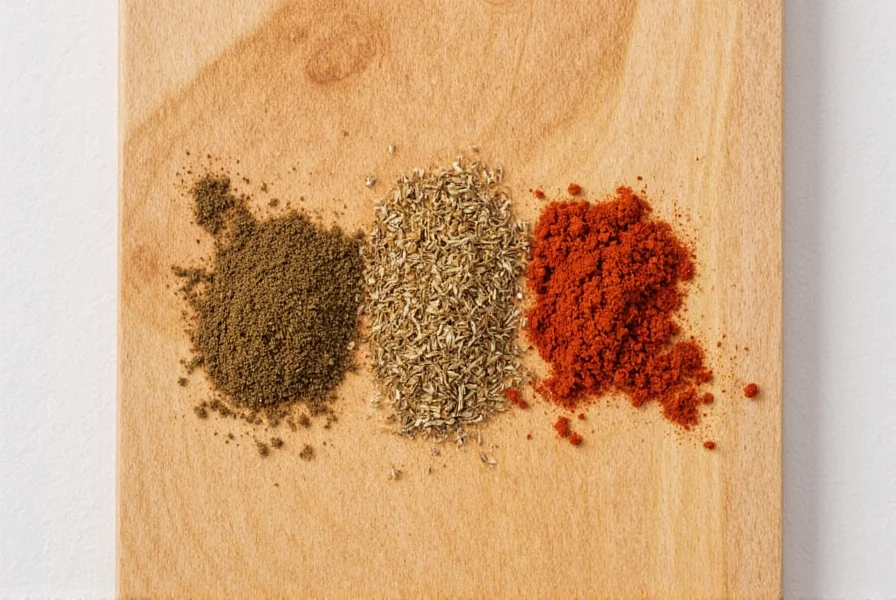
Top Uses of Pumpkin Spice in the Kitchen
Here are the most effective ways to use pumpkin spice in your cooking:
- Pumpkin pie: The classic application - essential for authentic flavor
- Coffee drinks: Perfect for lattes, cappuccinos, and flavored syrups
- Baked goods: Adds warmth to muffins, cookies, cakes, and breads
- Oatmeal and yogurt: Sprinkle on breakfast bowls for seasonal flavor
- Roasted vegetables: Toss with sweet potatoes, carrots, or squash for fall-inspired sides
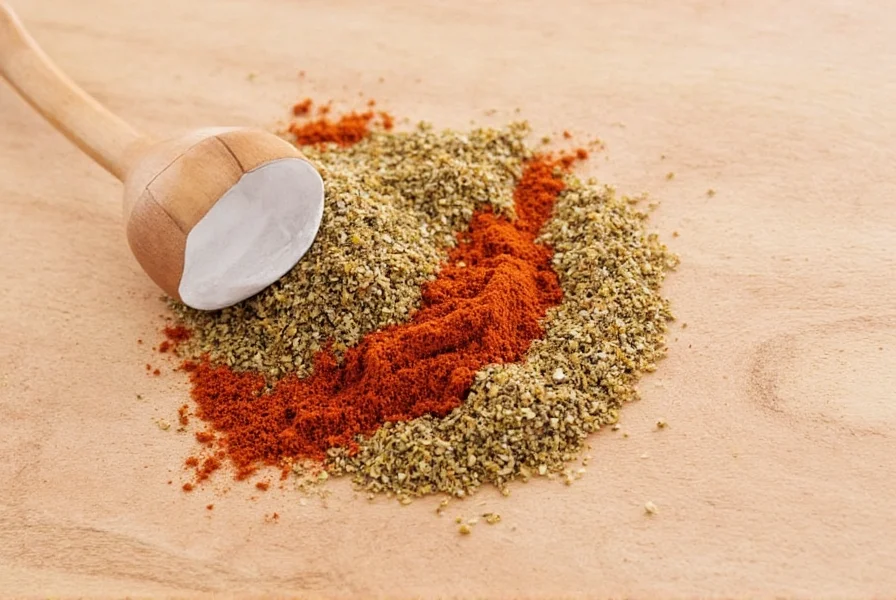
How to Use Pumpkin Spice Effectively
Follow these tips to maximize pumpkin spice's flavor potential:
- Start small: Begin with 1/4 teaspoon per serving and adjust to taste
- Toast spices: Lightly toast whole spices before grinding for deeper flavor
- Pair wisely: Complements well with brown sugar, maple syrup, and cream cheese
- Store properly: Keep in an airtight container away from heat and light
- Use fresh: Replace every 6-12 months for optimal flavor
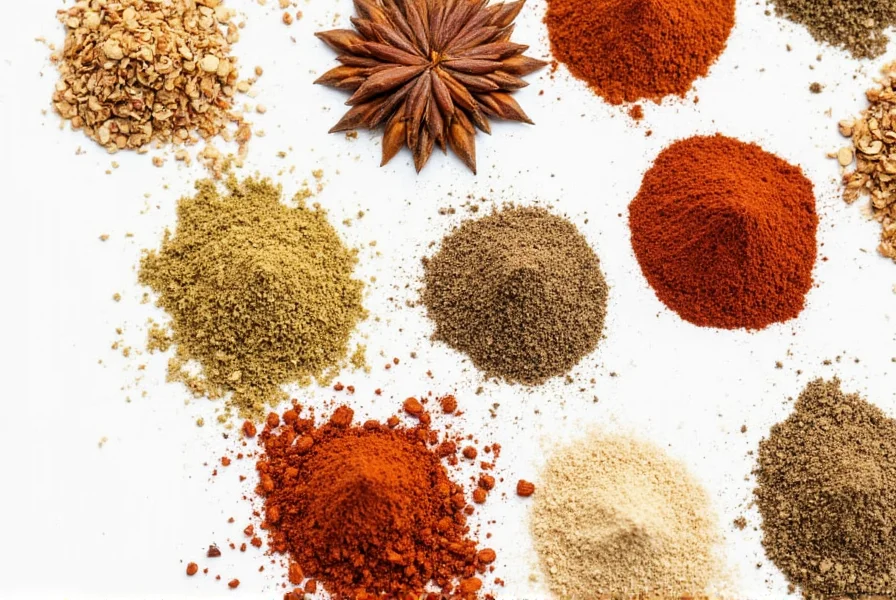
Buying Guide for Pumpkin Spice
When purchasing pumpkin spice, consider these factors to ensure quality:
| Feature | Description | Recommended Type |
|---|---|---|
| Freshness | Strong, aromatic scent and vibrant color | Small containers with clear expiration dates |
| Ingredients | Should list specific spices, not "spice blend" | Organic or non-GMO certified |
| Use Case | For baking, beverages, or savory applications | Food-grade, no artificial additives |
| Price | Varies by brand and quality | $2-$5 per ounce for premium blends |
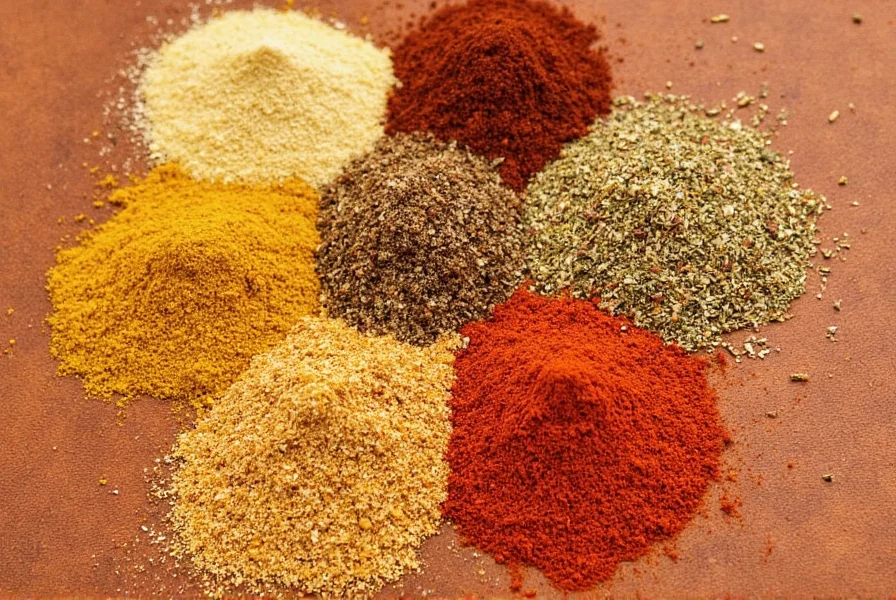
Pumpkin Spice Comparison Chart
Here's how popular pumpkin spice blends compare across key attributes:
| Type | Flavor Profile | Best For | Spice Balance |
|---|---|---|---|
| Classic Pumpkin Spice | Balanced cinnamon-forward with warm notes | Pumpkin pie, baked goods, and coffee | 50% cinnamon, 20% ginger, 15% nutmeg, 10% cloves, 5% allspice |
| Spiced Chai Blend | More ginger and cardamom, less cinnamon | Chai lattes and savory dishes | 40% cinnamon, 25% ginger, 15% cardamom, 10% cloves, 10% black pepper |
| Maple Spice Blend | Sweet with maple undertones | Breakfast dishes and desserts | 55% cinnamon, 20% nutmeg, 15% allspice, 10% maple sugar |
| Hot Pumpkin Spice | Spicier with extra ginger and cloves | Hot chocolate and savory sauces | 40% cinnamon, 25% ginger, 20% cloves, 10% nutmeg, 5% allspice |
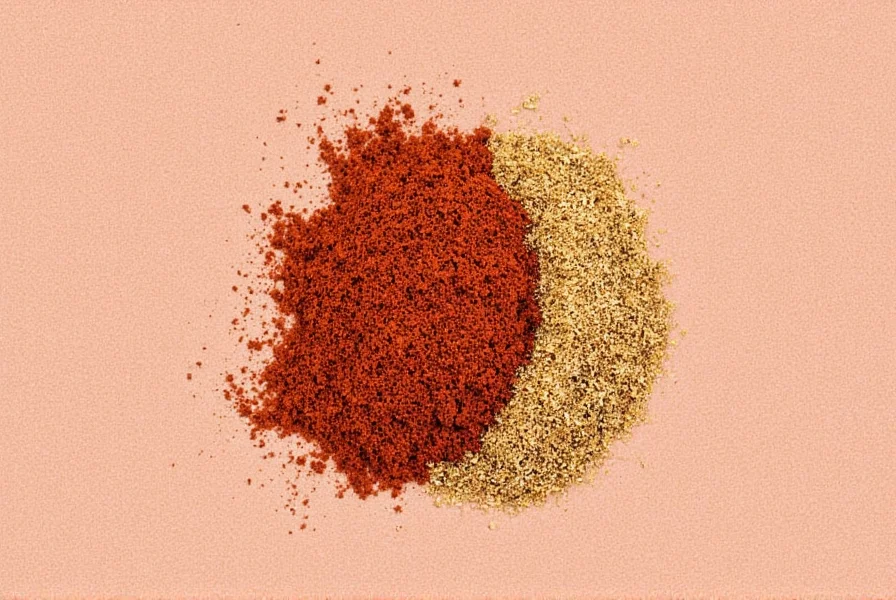
Frequently Asked Questions About Pumpkin Spice
Does pumpkin spice actually contain pumpkin?
No, pumpkin spice does not contain any pumpkin. The name comes from the spices traditionally used in pumpkin pie filling. The blend simply complements pumpkin's flavor profile. This is a common misconception, but the spice blend itself is made entirely from ground spices.
How much pumpkin spice should I use in recipes?
Start with 1/4 teaspoon per serving for most dishes. For baked goods, begin with 1/2 to 1 teaspoon per cup of flour. Adjust to taste, but remember that pumpkin spice is potent - more isn't always better. When in doubt, start with less and add more if needed.
Can I make my own pumpkin spice blend at home?
Yes! A basic homemade pumpkin spice blend can be made with: 3 tablespoons cinnamon, 1 teaspoon ginger, 1/2 teaspoon nutmeg, 1/2 teaspoon cloves, and 1/4 teaspoon allspice. Mix thoroughly and store in an airtight container. Homemade blends can be customized to your taste preferences.
How do I know if my pumpkin spice is still fresh?
Check the aroma - fresh pumpkin spice should have a strong, pleasant scent. Rub a small amount between your fingers and smell - if the aroma is weak or musty, it's time to replace it. Also check the color - fresh pumpkin spice should be vibrant, not dull or faded.
What are the health benefits of pumpkin spice?
The individual spices in pumpkin spice offer various health benefits. Cinnamon may help regulate blood sugar, ginger supports digestion, and cloves contain antioxidants. However, these benefits come from regular culinary use, not excessive consumption. Pumpkin spice itself is typically used in small quantities.
What's the difference between pumpkin spice and allspice?
Allspice is a single spice derived from the dried berries of the Pimenta dioica plant, while pumpkin spice is a blend of multiple spices. Allspice tastes like a combination of cinnamon, cloves, and nutmeg, which is why it's sometimes confused with pumpkin spice. However, pumpkin spice always contains additional spices like ginger and nutmeg.
Conclusion
Pumpkin spice is a versatile and valuable ingredient that can elevate your fall cooking and baking. By understanding its proper use, storage, and selection criteria, you can maximize its flavor potential. Whether you're making traditional pumpkin pie or experimenting with new recipes, this spice blend offers a simple way to add warmth and complexity to your seasonal creations. Start experimenting with small amounts and discover how this magical spice blend can transform your kitchen!
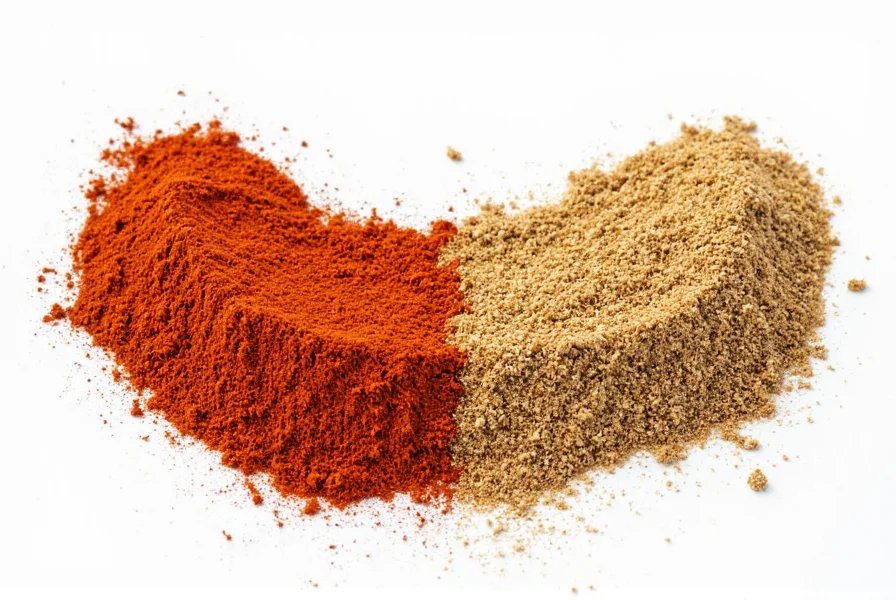

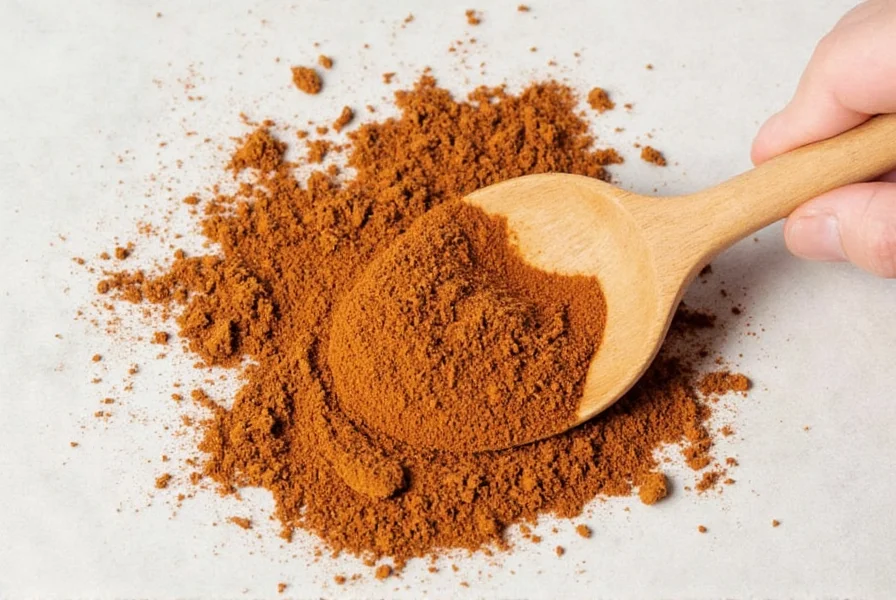









 浙公网安备
33010002000092号
浙公网安备
33010002000092号 浙B2-20120091-4
浙B2-20120091-4